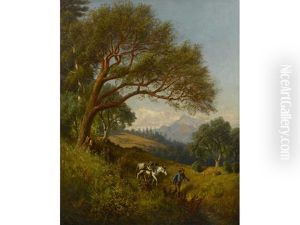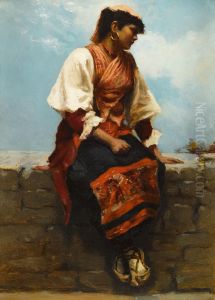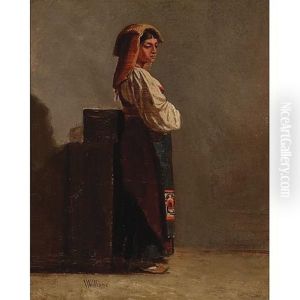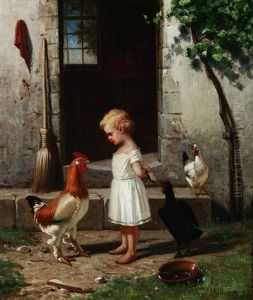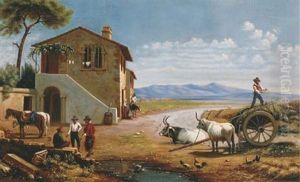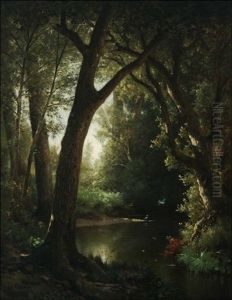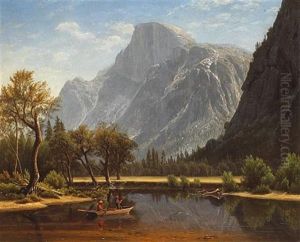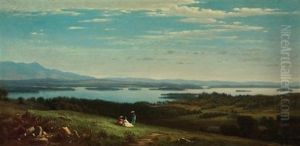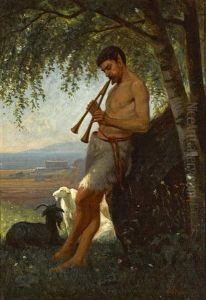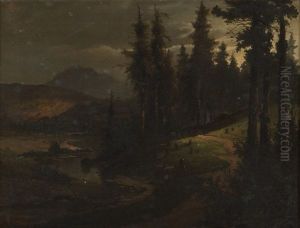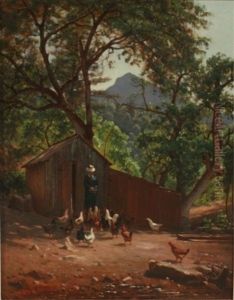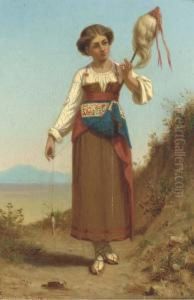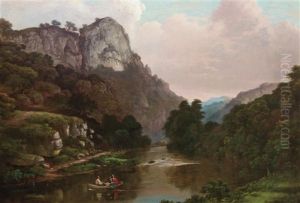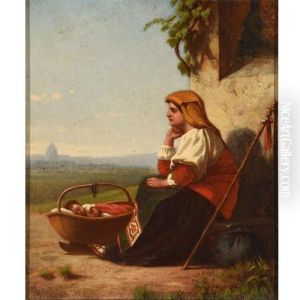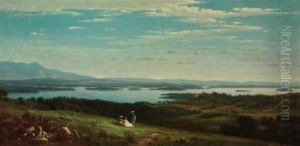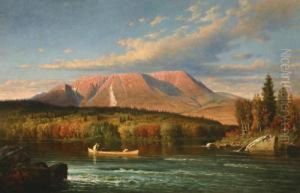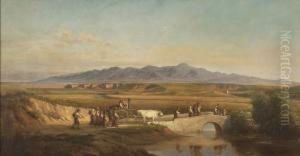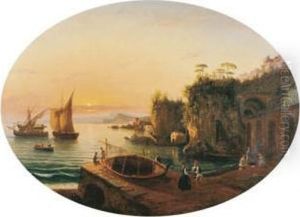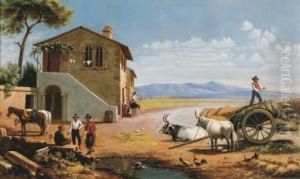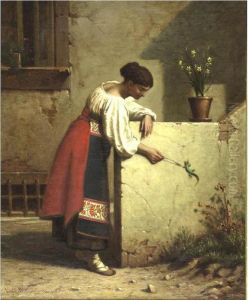Virgil Williams Paintings
Virgil Williams, born in 1830, was an American artist who played a significant role in the 19th-century American art scene. Williams was not only a talented painter but also a significant figure in arts education, contributing to the development of art institutions and education in the United States.
Williams studied art in Europe, which was common for American artists of his time who sought to refine their skills and bring European techniques and sensibilities back to the American art scene. Upon his return to the United States, Williams became actively involved in the art community, engaging in both the creation of art and the education of future artists.
One of Virgil Williams' most notable contributions was his involvement in the establishment and direction of the San Francisco Art Institute in California. His leadership and vision were pivotal in the early development of the institute, which has since become one of the leading art schools in the country. Williams' efforts in arts education underscored his belief in the importance of formal training and exposure to the arts for developing artists.
Throughout his career, Williams painted a variety of subjects, including portraits, landscapes, and genre scenes. His work was characterized by a detailed realism, a skill likely honed during his studies in Europe. Despite the limited availability of his works today, those that do survive showcase his technical skill and artistic sensitivity.
Virgil Williams' death in 1886 marked the end of a career that had a lasting impact on the American art scene, particularly in the realm of art education. His legacy lives on through the institutions he helped to shape and the students he taught, many of whom went on to contribute to the arts in significant ways. Williams' life and work reflect the broader trends of American art in the 19th century, including the influence of European art traditions and the growing importance of art education in the United States.
